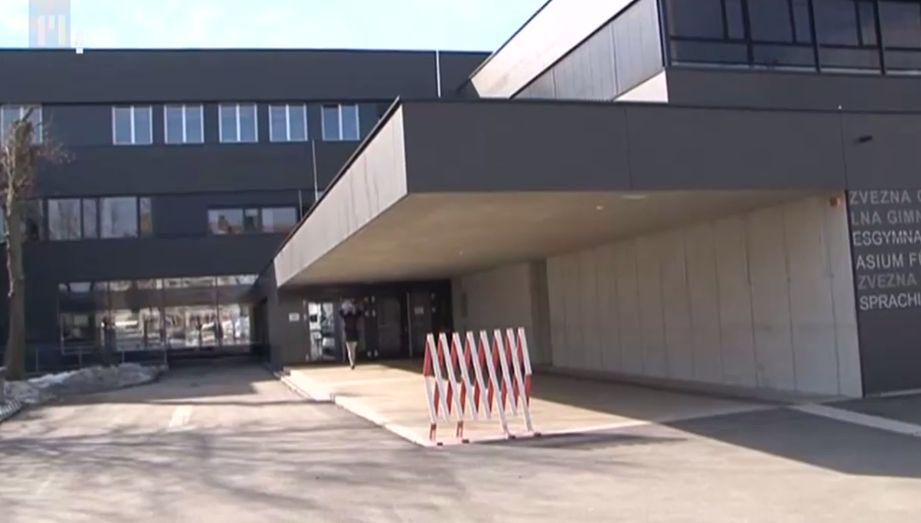
Carinthia, Austria’s southernmost province, is the home to a sizeable Slovenian community. Throughout the 20th century, ethnic Slovenians in the region had endured strong political pressure to Germanize, yet they have managed to retain both their language and their culture. The Slovenian High School in the town of Klagenfurt has played a key role in keeping Slovenian national identity alive.
The story of the school began with the signing of the Austrian State Treaty in 1955. The agreement stipulated that the Allies, who had occupied Austria since the end of World War II, would leave the country on several preconditions. One of them was the establishment of a Slovenian-language high school.
The Slovenian High School opened its doors in 1957, with a man named Joško Tischler as its first headmaster. For years, Tischler had been a strong advocate of Slovenian culture in the region and had been well-known as an advocate for Slovenian-language instruction in the interwar period.
The beginnings were humble. The school did not even have its own building and could only hold classes in the afternoons. It only had three grades when it launched.
That did not change until 1975, when the school finally received its own building. The move enabled a period of expansion, but the school faced continued opposition from right-wing circles. It was decried as “poison” by German nationalists, and Slovenian students often faced overt harassment.
Over the years, the school became more accepted and in 1999, it embarked an interesting experiment: a multilingual “Kugy Class” taught in the languages spoken in the border region where Austria, Slovenia, and Italy meet. The class, whose aim was to bring different cultures closer together, was a resounding success.
Throughout its existence, some 2000 students have graduated from the institution, some of them from German-speaking families whose parents wanted to expose them to Carinthia’s Slovenian heritage. Many graduates have gone to assume leading positions in the local community, and in recent years, the school’s high academic standards have even attracted students from Slovenia.
More than 60 years it was founded, the Slovenian High School is an indispensable part of the local educational landscape and is helping Slovenian culture to survive north of the Karavanke Range.

































































